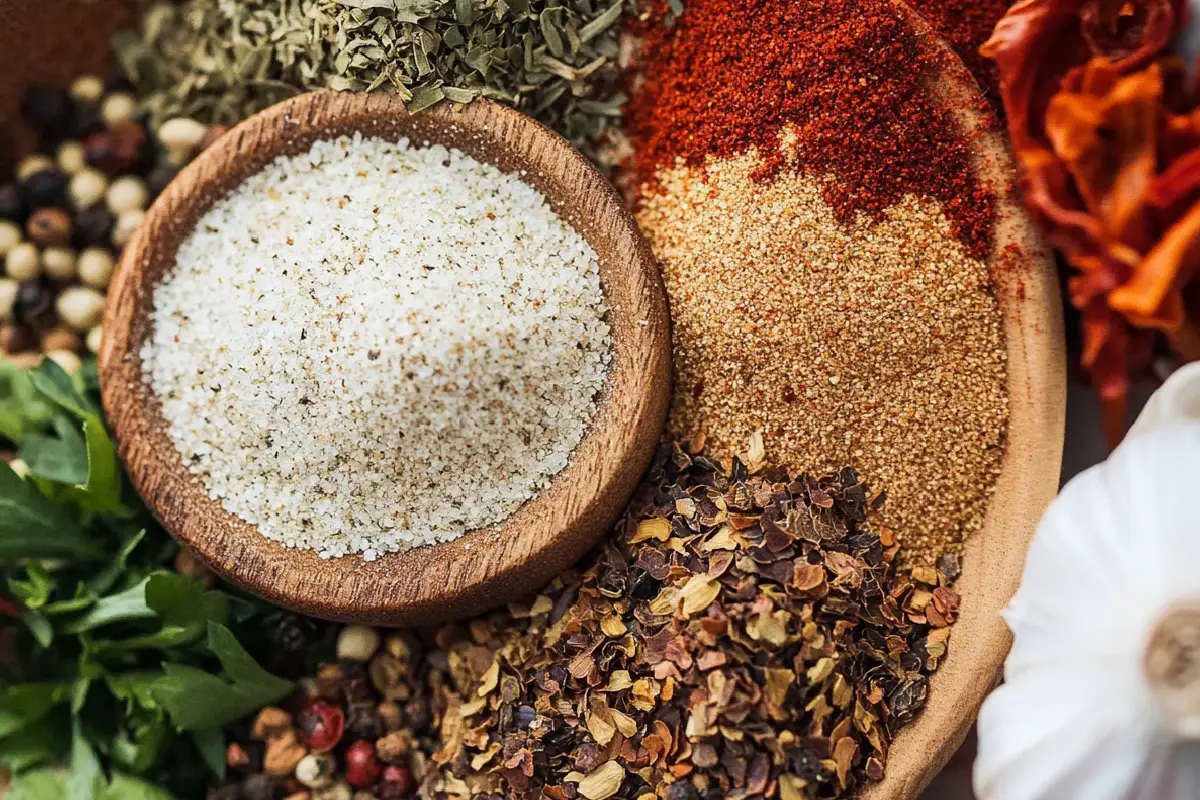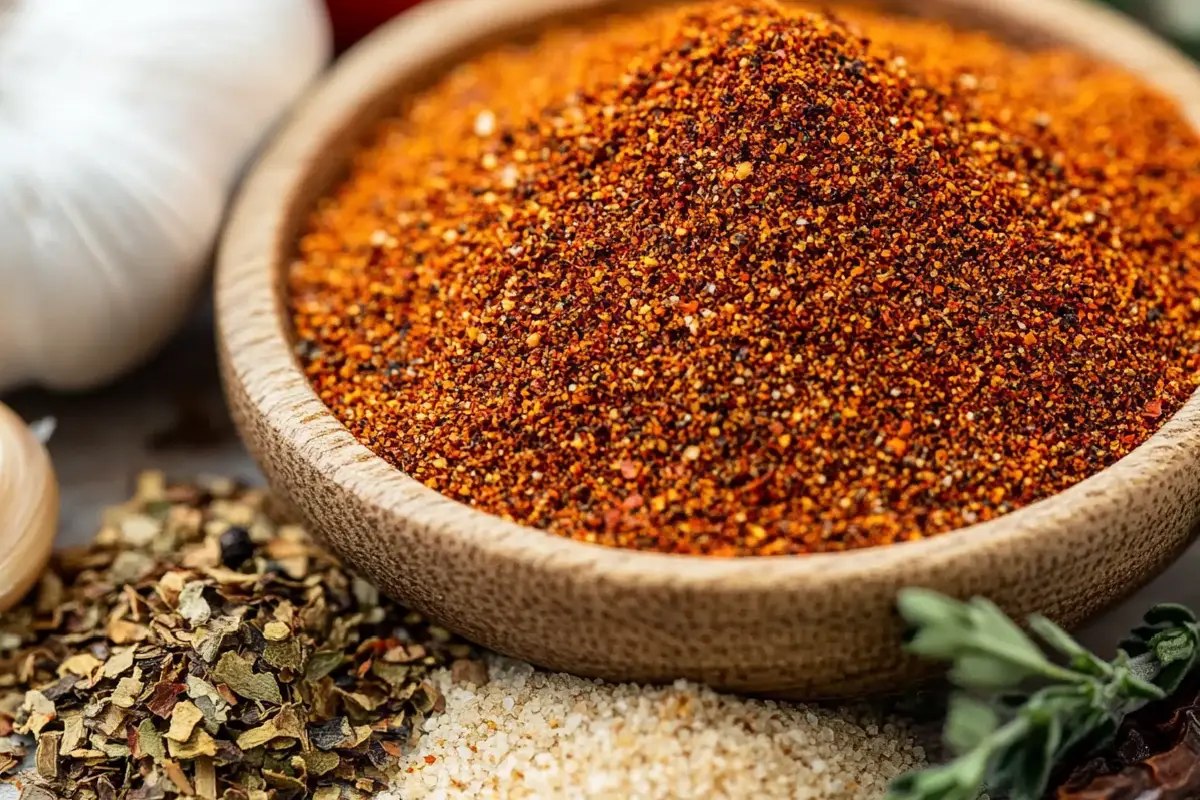Introduction to What is the Secret to Good Beef Stew
Few dishes bring as much comfort as a steaming bowl of beef stew. This hearty, flavorful meal has been a favorite in kitchens around the world for centuries. With its tender beef, rich broth, and perfectly cooked vegetables, beef stew is a dish that seems simple but can be tricky to master. The secret to a great beef stew lies in the details: the cut of meat, the cooking techniques, and the combination of flavors. In this guide, we’ll break down all the essential tips and tricks to help you make a truly exceptional beef stew.
One of the primary keys to a delicious beef stew is selecting the right cut of meat. When you’re slow-cooking meat, you need a cut that will break down over time and become tender without drying out. The best choice for this is chuck roast. Chuck roast is well-marbled, meaning it has fat running through the muscle, which melts as it cooks, adding flavor and tenderness to the beef.
Other cuts that work well for stew include:
- Brisket: Known for its rich flavor, brisket has a good fat content and becomes tender when slow-cooked. It can, however, be a bit more expensive.
- Short ribs: Another fatty cut that brings deep beefy flavor. The bones also add richness to the broth.
- Oxtail: Less common but highly flavorful. The bones in oxtail contribute to a thick, gelatinous broth.
Whatever cut you choose, ensure it has enough fat to render out during cooking. Lean cuts like sirloin or round steak are not ideal for stews because they tend to dry out and become tough. For more tips on selecting and seasoning meat for stews, check out this helpful beef stew seasoning recipe.
The Art of Browning the Meat
While some might be tempted to throw all the ingredients in a pot and let them simmer, the secret to good beef stew starts before the broth even goes in. The technique of browning the meat is essential to developing deep, complex flavors. This process is known as the Maillard reaction, where the exterior of the beef caramelizes, creating a rich, savory taste.
Tips for Perfect Browning:
- Dry the beef: Pat the beef dry with paper towels before browning. Excess moisture causes the beef to steam rather than brown.
- High heat: Use a heavy-bottomed pan or Dutch oven and crank up the heat. You want the surface to be hot enough to sear the meat quickly.
- Work in batches: Avoid overcrowding the pan. Too much beef at once lowers the pan’s temperature, leading to steaming instead of browning.
- Use a light flour coating: Dusting the meat with flour before browning helps with thickening the stew later on and adds to the crispy crust.
The browned bits left in the pan are crucial. Known as the fond, these flavorful remnants dissolve when you add liquid, enriching the stew. For more tips on building flavor through browning and other techniques, explore this smoked meatloaf recipe for more inspiration.
Building Layers of Flavor: Aromatics and Seasonings

A truly excellent beef stew is all about layering flavors. Once the meat is browned and set aside, the next step is to add aromatics. The usual suspects are onions, garlic, and celery, which serve as the flavor base. You can also incorporate leeks, shallots, or fennel for a different aromatic profile.
Secret Ingredients for Extra Flavor:
- Tomato paste: Adds sweetness and umami, deepening the stew’s overall flavor. Be sure to cook it for a minute or two to remove any raw taste.
- Red wine or vinegar: These acidic components help cut through the richness of the beef. Red wine adds depth, while vinegar brightens the dish.
- Worcestershire sauce or soy sauce: Both of these ingredients are packed with umami, enhancing the savory quality of the beef.
- Star anise or cinnamon: For a subtle yet surprising twist, adding a small piece of star anise or a pinch of cinnamon can elevate your stew.
Don’t be afraid to experiment with your seasonings. While thyme and bay leaves are classics, you can try adding rosemary, paprika, or even smoked paprika for a different flavor profile. This approach to layering flavors helps create a stew that’s rich, complex, and deeply satisfying.
The Slow Cooking Method: Patience Pays Off
Patience is another key ingredient when it comes to beef stew. Slow cooking allows the collagen in the meat to break down, resulting in tender beef that melts in your mouth. While there are several methods for cooking stew—stovetop, slow cooker, and Instant Pot—the traditional stovetop method remains a favorite for many because of the control it offers over the cooking process.
Stovetop Cooking:
- Low and slow: Keep the heat on low, allowing the stew to simmer gently. Cooking it too fast will result in tough meat.
- Timing: Beef stew typically takes about 2 to 3 hours on the stovetop, depending on the cut of meat.
Slow Cooker:
- Convenience: If you’re short on time, the slow cooker can be a great alternative. Cook on low for 6 to 8 hours, or on high for 4 to 6 hours.
Instant Pot:
- Fast but effective: If you’re really pressed for time, the Instant Pot can produce a tender stew in about 30 minutes under pressure, followed by a natural release.
For more slow-cooking ideas, take a look at this comforting chicken and broccoli pasta recipe, which also benefits from slow, gentle cooking.
The Role of Vegetables: When and What to Add
While beef is the star of the dish, vegetables play an essential supporting role in beef stew. Choosing the right vegetables and knowing when to add them is crucial for achieving perfect texture and flavor. Traditional choices include:
- Carrots: Add sweetness and a slight earthiness.
- Potatoes: Absorb the stew’s rich flavors while adding body.
- Parsnips or turnips: Provide a more complex flavor than carrots alone.
Timing Matters:
- Early additions: Root vegetables like potatoes and carrots should go into the pot early so they can soften without disintegrating.
- Late additions: Softer vegetables, such as peas or green beans, should be added near the end of cooking to prevent them from turning mushy.
You can also experiment with non-traditional vegetables like mushrooms, leeks, or even sweet potatoes. These ingredients add an unexpected twist and can complement the rich beef flavors.
The Perfect Broth: Creating Depth and Richness
The broth is the heart of your stew, carrying all the flavors from the meat, vegetables, and seasonings. A richly flavored broth is what separates a good beef stew from a great one.
Building a Flavorful Broth:
- Beef stock: Always opt for beef stock or broth over water. This gives the stew a much richer flavor.
- Red wine: Adding wine not only deepens the flavor but also helps tenderize the beef.
- Broth reduction: As the stew simmers, the liquid reduces, concentrating the flavors. Be sure to give it time to simmer uncovered towards the end if you want a thicker, more flavorful broth.
For more on perfecting rich sauces and broths, check out this guide on making seafood boil sauce.
How to Thicken Beef Stew
A stew with too thin a broth is less satisfying, so getting the consistency right is essential. There are several methods you can use to thicken beef stew:
- Flour or cornstarch: Coating the meat with flour before browning helps thicken the stew. Alternatively, you can add a cornstarch slurry towards the end of cooking.
- Mashed potatoes or pureed vegetables: Mashing some of the cooked vegetables and stirring them back into the stew adds body without additional thickeners.
For natural thickening methods, take a look at how this banana pudding recipe achieves its perfect texture.
Final Adjustments On What is the Secret to Good Beef Stew
Once the stew has finished cooking, it’s time for the final adjustments. Taste the stew and adjust the seasoning as needed. Sometimes all it takes is a pinch of salt or a splash of acid to brighten the flavors. Lemon juice or a bit of vinegar can lift the dish, making it feel more balanced.
Garnishing:
- Fresh herbs: Adding freshly chopped parsley, thyme, or even rosemary just before serving gives the stew a burst of freshness.
- A dollop of sour cream: For an extra creamy and tangy finish, top the stew with a spoonful of sour cream.
FAQs about What is the Secret to Good Beef Stew
-
What is the best meat for beef stew?
- Chuck roast is ideal because of its marbling, which breaks down during cooking, making the beef tender and flavorful.
-
How do you thicken beef stew without flour?
- You can use a cornstarch slurry, or mash some of the potatoes and vegetables into the stew for a natural thickener.
-
Should I use water or beef broth for beef stew?
- Always use beef broth for richer flavor, but you can also add water if you want a lighter base.
-
How do you make beef stew more flavorful?
- Browning the meat, using aromatics, and adding layers of flavor with ingredients like red wine, tomato paste, and umami-rich sauces (like Worcestershire) will elevate the flavor.
-
Can I make beef stew in a slow cooker?
- Yes! The slow cooker is perfect for beef stew, allowing all the flavors to meld over several hours.
Conclusion: What is the Secret to Good Beef Stew

The secret to a great beef stew comes down to a combination of simple yet effective techniques: choosing the right cut of meat, properly browning the beef, slow cooking for tenderness, and layering flavors with quality ingredients. By paying attention to these details and giving your stew the time it needs to simmer and develop, you’ll create a meal that is rich, flavorful, and utterly comforting. Whether it’s a cold winter evening or a family gathering, there’s no better way to warm up than with a hearty bowl of homemade beef stew.

